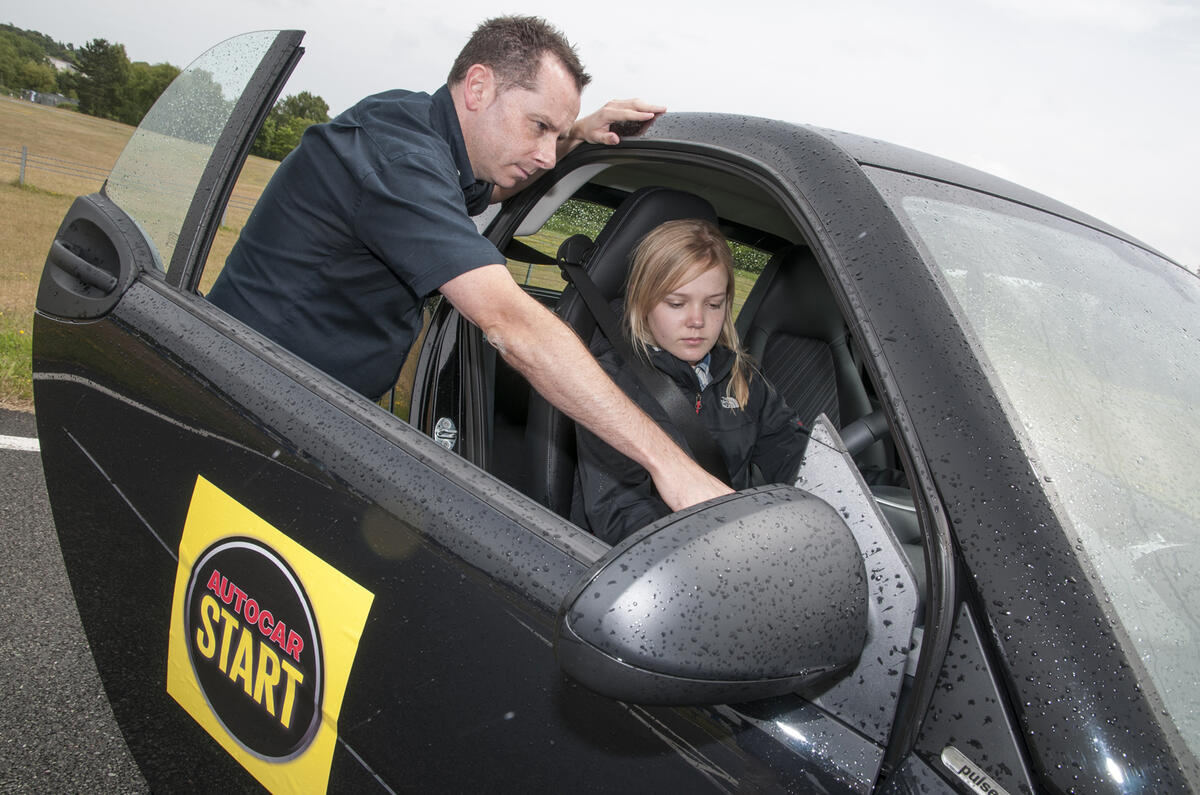These are interesting times right now for learner drivers.
On the one hand, there are groups trying to work out how to try and re-enthuse teenagers about driving again, and on the other there are recommendations to improve safety that will force up the age of getting a license and the cost. Finding the right balance is tough.
The most recent suggestions have resulted in calls for the introduction of a 12-month learner period, and enforcing 120 hours of driver training during that period, including 20 hours of night time driving.
Thereafter, there would be a further probationary year that (under the proposals) would include a night time curfew, carrying a P badge, a ban on any kind of phone use - including hands-free - plus a lower blood alcohol limit than is standard now and a ban on carrying any passengers under 30 if the driver is under 30.
It’s hard to argue against proposals that promote safety, but there has been a noticeable backlash against the cost and restrictions of the legislation.
Arguments against the plans range from the fact the proposals are so punishing they will surely just encourage more illegal driving, through to the fact that employment in rural communities depends on being able to drive.
Is there a middle ground? Clearly there’s much debate still to be had, but if you can forgive the party political broadcast, I’d urge law makers and opinion-formers to keep an eye on Autocar Start. Regular readers will remember this was launched earlier this year, and provides a car, training and insurance for a fixed monthly fee.
To qualify, the driver must complete a set number of hours of tuition with an expert, the same amount with a trained friend, including night time driving, and then undergo a period of training after they have passed their test. In many ways, then, it does exactly what’s being proposed, but without imposing so many restrictions.
The philosophy is very much one of demanding that the learner driver take their responsibilities seriously, and putting the framework around them to do that, and in return offering a competitive price and certain freedoms, such as avoiding restrictions on night driving or carrying passengers.
It’s still not cheap, of course, but then nor can you expect it to be: a new car, comprehensive insurance, training from highly-qualified instructors and post-test instruction never can be. What it is, however, is a rigorous, thought-through way of getting young drivers on the road.
For now, Autocar Start is a trial. Follow the link to find out more, and let us know your thoughts on whether you think it will work, and how it could be improved by posting in the comments section below.




Join the debate
Add your comment
Suggestion
/*-->*/
To be eligible, a driver must complete a certain number of hours of study with a specialist, the same amount as a professional friend, including night driving, and then perform the training period following their successful exam. I learned about college paper org from them. In many ways, however, it does exactly what is being proposed, but without imposing many restrictions.
Autostart looks like a great
Autostart looks like a great idea... shame about the car. Has anyone seen the Smart vs S class crash test video on youtube? The Smart basically bounces off the S Class and topples over. Its quite easy to see how people in the Smart could get some serious injuries, eg by smashing their heads into the concrete. Going up in size, the VW Polo fairs much better. It looks like the occupants would have a chance to walk away.
I wonder if you will also try
I wonder if you will also try and realign their sense of risk. I read in new scientist that people dont develop the ability to understand risks properly until they are in their mid 20's. When I was a teen, I certainly didnt think the rules applied to me. I also thought I was somehow invincible. Training and knowledge dont apply someone so special!
Even when older, a lot of people still remain unaware of the consequences of having a serious accident.
I certainly wasnt aware of the risks of speeding until I was flashed by a camera and forced to go on a speed awareness course. Seeing the videos of people talking about the loss of their loved ones, going through real life speed related accident analysis and then seeing the consequences in detail were huge eye openers.
Understanding the possible life changing consequences of getting it wrong should be part of any driver training course. Road traffic accidents are still one of the leading causes of death. It needs to be addressed.